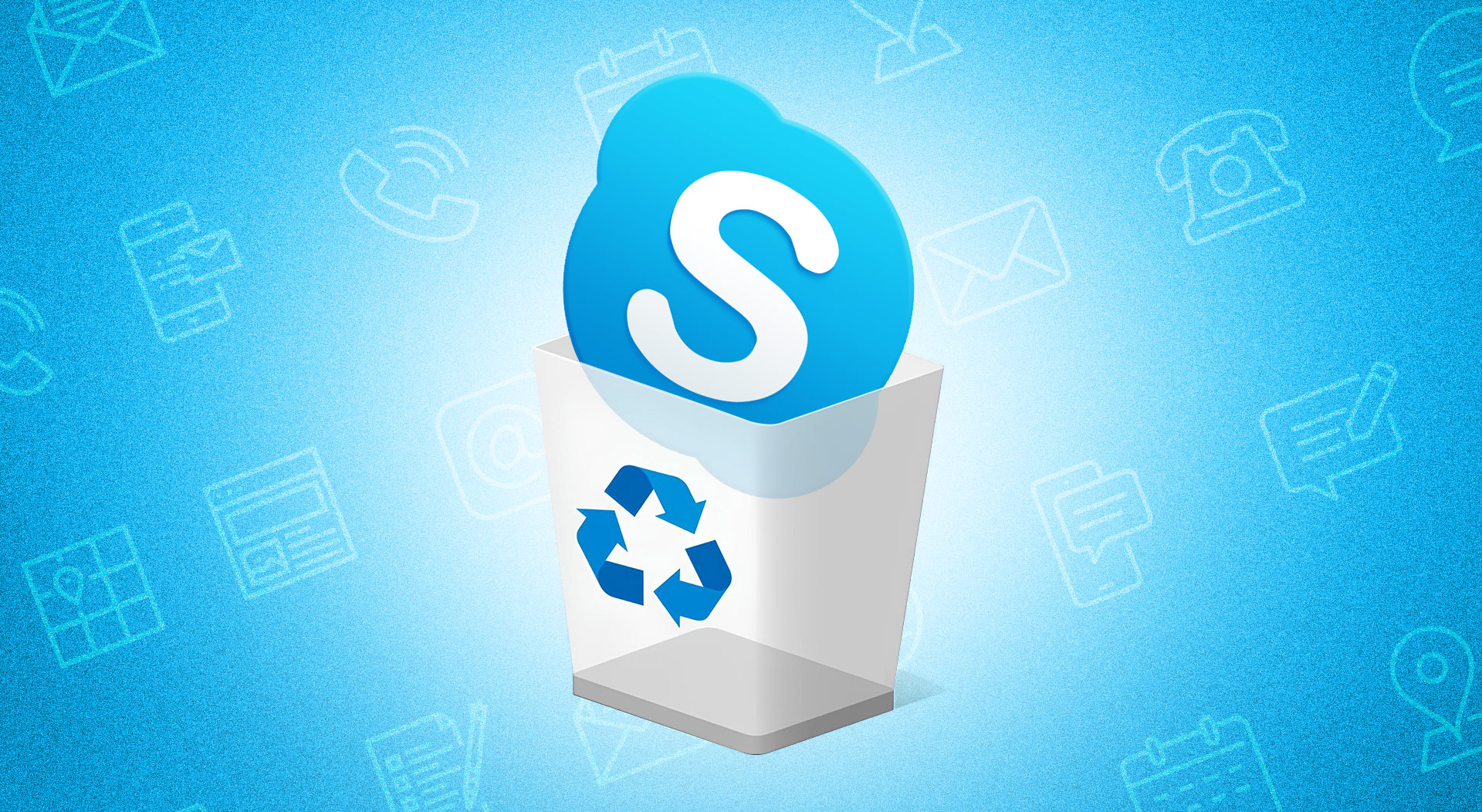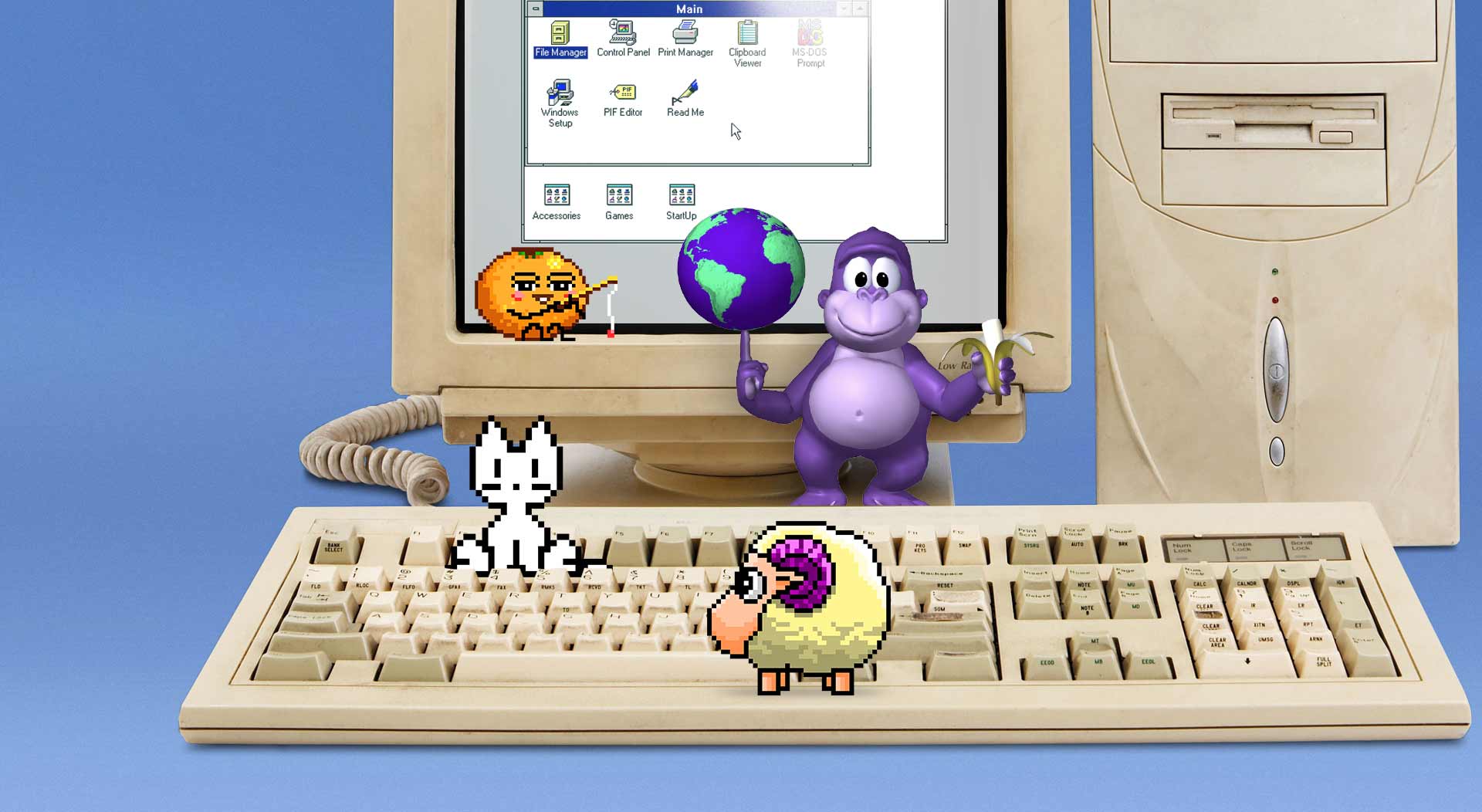Skype: The Rise, Reign, and Retirement of a Communication Pioneer
On May 5, 2025, Microsoft officially shut down Skype, concluding a 23-year journey that transformed global communication. From its groundbreaking debut in 2003 to its decline amid modern competition, Skype’s story is one of innovation, adaptation, and eventual obsolescence.
The Birth of a Digital Revolution
Skype was founded in 2003 by Niklas Zennström and Janus Friis, with technical development led by Estonian engineers Ahti Heinla, Priit Kasesalu, and Jaan Tallinn. Leveraging peer-to-peer (P2P) technology, Skype enabled free voice calls over the internet, a revolutionary concept at the time. Its user-friendly interface and cost-effective international calling quickly garnered a massive global user base.
By 2005, Skype’s success attracted eBay, which acquired the company for $2.6 billion. However, the integration did not yield the expected synergies, leading eBay to sell a majority stake to a private investor group in 2009.
Microsoft’s Acquisition and Strategic Shifts
In 2011, Microsoft purchased Skype for $8.5 billion, aiming to bolster its communication offerings. Skype replaced Windows Live Messenger and was integrated into various Microsoft products, including Outlook and Xbox. Despite these efforts, Skype struggled to maintain its relevance amid the rapid evolution of digital communication tools.
The launch of Microsoft Teams in 2017 marked a significant shift. Designed for collaborative work environments, Teams gained prominence, especially during the COVID-19 pandemic, as remote work became the norm. Microsoft’s focus increasingly shifted towards Teams, leading to Skype’s gradual decline.
The Decline and Closure
Several factors contributed to Skype’s downfall:
- Technological Limitations: Skype’s P2P architecture, once innovative, became a liability in the mobile era, leading to performance and security issues.
- Stiff Competition: Emerging platforms like Zoom, WhatsApp, and Slack offered more modern, reliable, and integrated communication solutions.
- Strategic Realignment: Microsoft’s investment in Teams overshadowed Skype, with Teams offering a more comprehensive suite of features for both personal and professional use.
By 2023, Skype’s daily active users had dwindled to 36 million, a stark contrast to its peak usage years. Recognising the shifting landscape, Microsoft announced Skype’s retirement in early 2025, encouraging users to transition to Teams.
Transitioning to Microsoft Teams
To facilitate the migration, Microsoft allowed Skype users to log into Teams using their existing credentials. Contacts and chat histories could be transferred, ensuring continuity. However, certain features, such as traditional phone-call capabilities, were not included in the free version of Teams. Users were advised to export their Skype data before the service’s termination.
Skype’s Legacy and Impact
Skype’s influence on digital communication is undeniable. It democratized voice and video calls, making them accessible to millions worldwide. Its pioneering efforts laid the groundwork for the plethora of communication tools available today.
While Skype’s closure marks the end of an era, its legacy endures. As technology continues to evolve, Skype’s story serves as a testament to the importance of innovation, adaptability, and understanding user needs in the ever-changing digital landscape.





